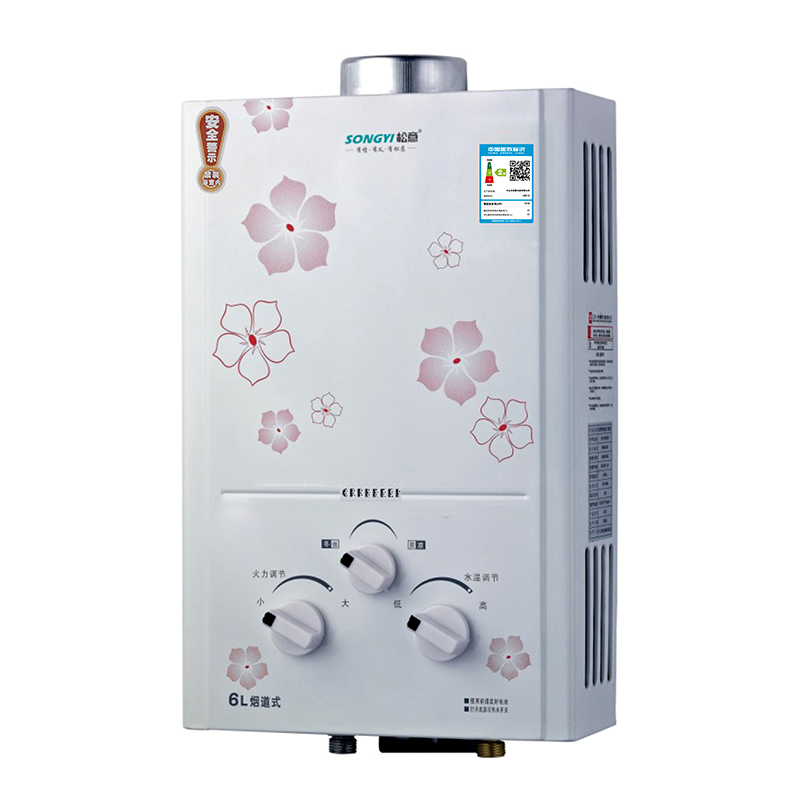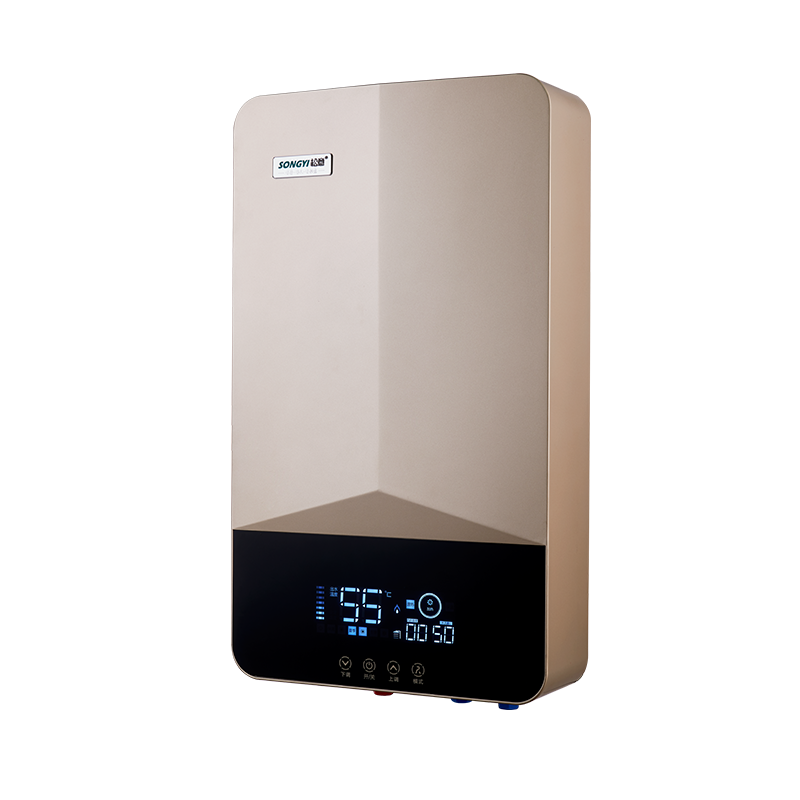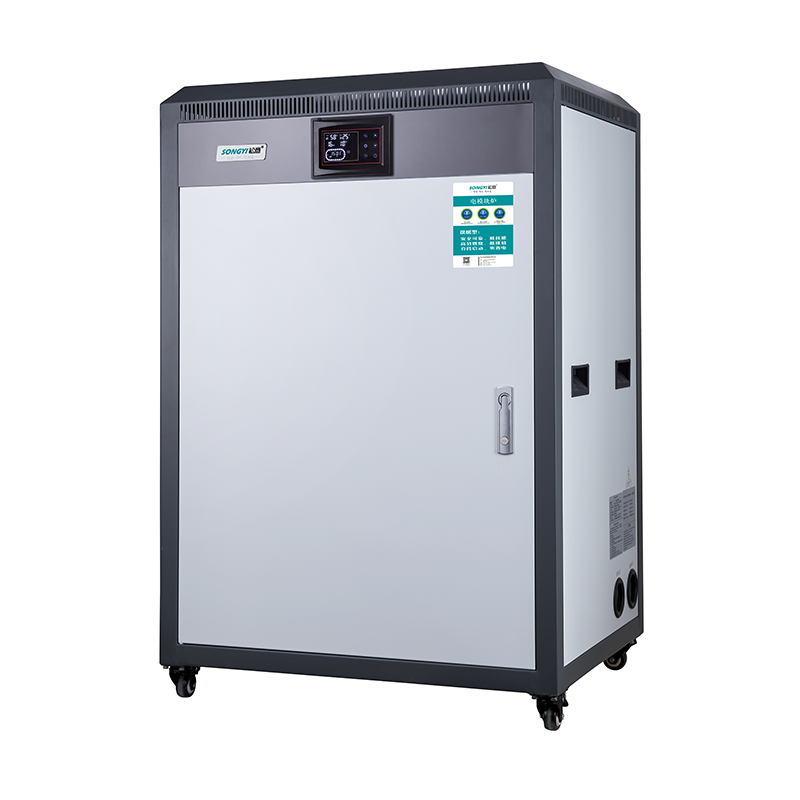Electric water heaters are indispensable in modern homes, providing a steady supply of hot water for showers, dishwashing, and laundry. However, they are often taken for granted until something goes wrong. Like any appliance, electric water heaters have a finite lifespan, typically ranging from 8 to 12 years, depending on usage and maintenance. The good news is that with proper care and attention, you can significantly extend the life of your water heater, ensuring consistent performance and saving on costly repairs or replacements.
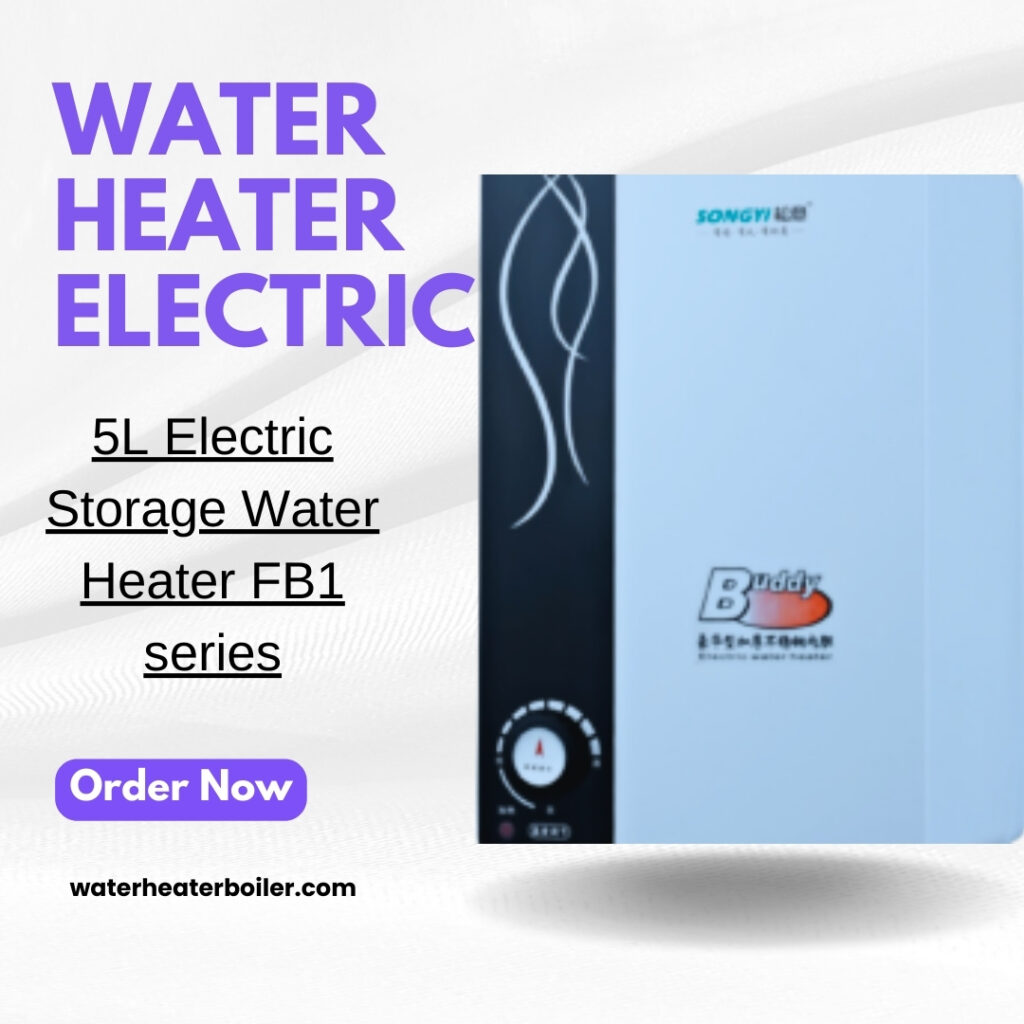
This comprehensive guide will take you through everything you need to know about maintaining your Electric Water Heaters. From understanding how it works to practical maintenance tips and preventive measures, these insights will help you get the most out of your investment.
Understanding How an Electric Water Heaters Works
Before diving into maintenance, it’s essential to understand the key components of an electric water heaters and their functions:
- Tank: Stores water and keeps it warm.
- Heating Elements: Heat the water inside the tank.
- Thermostat: Regulates the water temperature.
- Anode Rod: Protects the tank from rust and corrosion.
- Pressure Relief Valve: Prevents excessive pressure buildup inside the tank.
- Drain Valve: Allows the tank to be emptied for maintenance.
Understanding these parts will help you identify potential issues and perform the necessary maintenance tasks.
Why Maintenance Matters
Proper maintenance of your electric water heaters has multiple benefits:
- Longevity: Regular upkeep can add several years to your water heater’s life.
- Efficiency: A well-maintained unit uses less energy, lowering your utility bills.
- Performance: Maintenance ensures a consistent supply of hot water.
- Cost Savings: Preventive care reduces the need for expensive repairs or replacements.
Step-By-Step Guide to Extend the Lifespan of Your Electric Water Heaters
1. Flush the Tank Regularly
Over time, sediment and mineral deposits from hard water accumulate at the bottom of the tank. This sediment buildup can reduce the efficiency of the heating elements and cause the tank to overheat, leading to premature failure.
How to Flush the Tank:
- Turn off the power supply to the water heater.
- Close the cold-water inlet valve.
- Attach a garden hose to the drain valve and direct the other end to a suitable drainage area.
- Open the drain valve and let the water flow out until the tank is empty.
- Refill the tank with clean water, turn on the power, and ensure the heater is functioning properly.
Perform this task every 6 to 12 months to prevent sediment buildup.
2. Inspect and Replace the Anode Rod
The anode rod is a sacrificial component that attracts corrosive elements in the water, protecting the tank from rust. Over time, the anode rod gets consumed and must be replaced.
Steps to Check the Anode Rod:
- Turn off the power and water supply.
- Locate the anode rod on the top of the tank.
- Use a socket wrench to remove it.
- Inspect the rod for wear. If it’s less than ½ inch thick or coated with calcium, replace it.
Replacing the anode rod every 3-5 years can significantly extend the lifespan of your water heater.
3. Test the Pressure Relief Valve
The pressure relief valve is a safety feature that prevents the tank from exploding due to excessive pressure. A malfunctioning valve can lead to serious problems.
How to Test the Valve:
- Lift the lever on the valve slightly to release some water.
- If water flows freely, the valve is in good condition. If not, replace it immediately.
Testing this valve annually ensures it remains functional.
4. Check and Clean the Heating Elements
The heating elements inside the tank are crucial for warming the water. Over time, they can accumulate scale or become damaged.
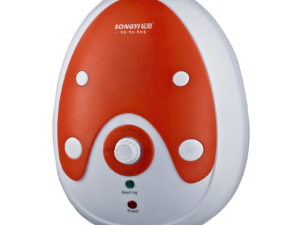
Steps to Maintain Heating Elements:
- Turn off the power and drain the tank.
- Remove the access panels and insulation to expose the elements.
- Use a multimeter to check for continuity. Replace the element if necessary.
- For scale buildup, clean the element with a vinegar solution or replace it if the buildup is severe.
5. Adjust the Thermostat
Setting your electric water heaters thermostat to the right temperature prevents overheating, saves energy, and reduces wear and tear on the system.
Recommended Temperature:
- Set the thermostat to 120°F (49°C). This is sufficient for most households and helps prevent scalding.
6. Insulate the Tank and Pipes
Heat loss from the tank and pipes can cause the heater to work harder, reducing its lifespan. Insulating these components improves efficiency and reduces energy consumption.
How to Insulate:
- Wrap an insulating blanket around the tank. Ensure it doesn’t cover the thermostat or pressure relief valve.
- Use foam insulation on exposed hot water pipes.
7. Monitor Water Quality
Hard water contains minerals like calcium and magnesium that contribute to sediment buildup and scale formation.
Solutions for Hard Water:
- Install a water softener to reduce mineral content.
- Use a descaler to prevent scale buildup on the heating elements.
8. Perform Routine Leak Inspections
Leaks can indicate serious problems with your electric water heaters. Regularly check for water pooling around the tank, connections, and valves.
Common Leak Causes:
- Loose or damaged connections.
- Corrosion inside the tank.
- Faulty pressure relief valve.
Addressing leaks promptly can prevent further damage and extend the lifespan of your water heater.
9. Reduce Hot Water Demand
Excessive use of hot water puts strain on your electric water heaters, reducing its efficiency and lifespan.
Tips to Reduce Hot Water Usage:
- Install low-flow showerheads and faucets.
- Wash clothes in cold water when possible.
- Take shorter showers.
10. Schedule Annual Professional Inspections
While regular DIY maintenance can handle many issues, an annual inspection by a licensed professional can identify problems you might miss. Professionals can also perform advanced tasks like checking electrical connections, inspecting the tank lining, and replacing worn-out components.
11. Upgrade to a Modern Water Heater When Needed
If your water heater is over 10 years old and experiencing frequent issues, it may be time to upgrade to a new, energy-efficient model. Modern water heaters often come with advanced features like better insulation, smart controls, and improved heating technology.
Common Mistakes to Avoid
- Ignoring Sediment Buildup: Failing to flush the tank can lead to inefficiency and tank damage.
- Overlooking the Anode Rod: Neglecting this component can result in rust and leaks.
- Setting the Thermostat Too High: High temperatures increase energy consumption and risk scalding.
- Skipping Professional Inspections: Regular checkups ensure potential issues are addressed early.
Conclusion
Maintaining your electric water heaters doesn’t have to be overwhelming. By following the steps outlined in this guide, you can significantly extend the lifespan of your water heater while ensuring it operates efficiently. Regular flushing, inspecting key components, and practicing energy-saving habits are small efforts that yield big results.
Taking care of your water heater not only ensures a consistent supply of hot water but also saves you money in the long run by reducing energy bills and avoiding costly repairs. With a combination of routine maintenance and smart usage practices, you can keep your electric water heaters running smoothly for many years.
If you’re ever in doubt about performing maintenance tasks, consult a professional to ensure your water heater remains in optimal condition. Your effort today will pay off in comfort, reliability, and savings tomorrow!

